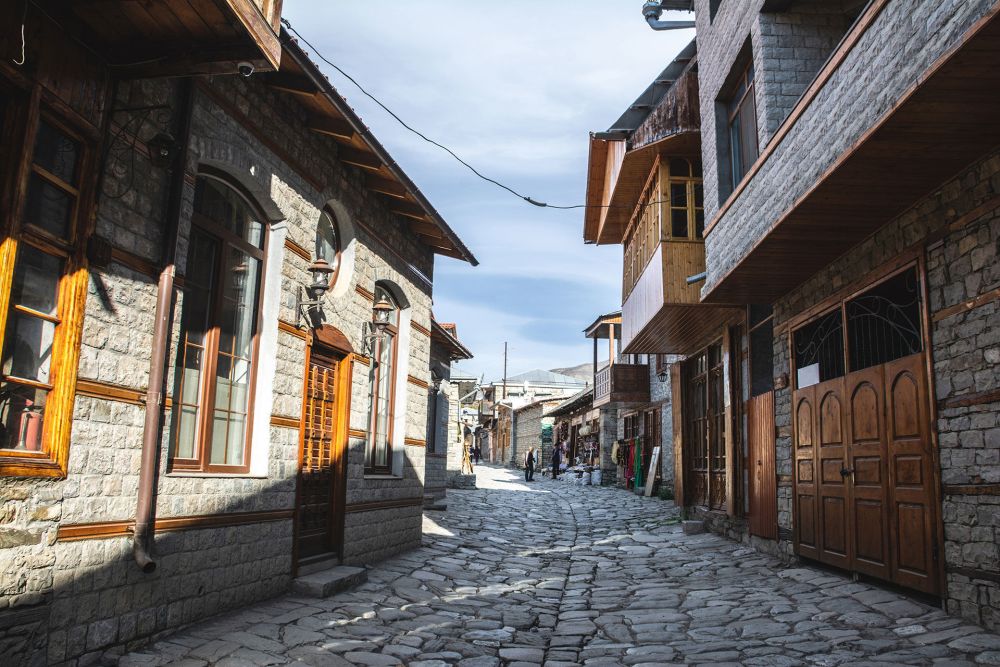

Lahij Village, nestled in the picturesque southern slopes of the Greater Caucasus Mountain Range in Azerbaijan, is a unique, ancient and historical place with a remarkable story. Over the centuries, this secluded mountainous village has retained its authentic charm, traditional craftsmanship, and its distinct, cobbled streets despite the changing eras. As a result, Lahij has become a fascinating destination for travelers seeking to explore a living piece of history.
The tourism history in Lahij can be traced as far back as the Silk Road period. Utilized as a trading post, the village was a melting pot of cultures, languages, and traditions. However, it was not until more modern times that Lahij began to emerge as a tourist destination for both local and international visitors.
With the Soviet Union's promotion of domestic tourism in the 20th century, Lahij started attracting attention due to its authentic Soviet-era appeal and its well-preserved culture. When Azerbaijan gained independence in 1991, Lahij's tourism significantly evolved as the new nation sought to showcase its diverse cultural heritage to the world.
In recent years, the Azerbaijani government and international organizations have taken steps to preserve Lahij's unique character. This has included enhanced conservation efforts to maintain the ancient structures, traditional houses, and its famed cobbled streets which date back to the 5th century.
Lahij's tourism appeal has been largely associated with its rich history of copper craft. The village is home to skilled artisans whose techniques have been passed down through generations and are now considered a cultural heritage.
Today, Lahij witnesses a new kind of tourism, one that interweaves cultural experience with adventure and eco-tourism. Recent trends show an upsurge in visitors who are eager to partake in hiking, trekking, and exploring the pristine natural landscapes surrounding the village.
Tourists also show a profound interest in immersive cultural experiences, with many opting to explore the craftsmanship of Lahij, including the copper smith bazaars, rug weaving, and the antique pottery-making that characterize the village. Homestays and guesthouses operated by local families provide visitors with a unique chance to live the Lahij way of life, even if only for a short while.
Azerbaijan's tourism sector has been promoting Lahij as a prime example of sustainable tourism, emphasizing the balance between preserving a living culture, supporting local economies, and offering meaningful experiences to tourists.
In conclusion, Lahij’s pattern of tourism has transitioned from a hidden gem to a well-regarded destination on the global map, with a focus on sustainability and cultural preservation. Its timeless appeal continues to captivate the hearts of those who walk its age-old streets and engage with its enduring spirit.